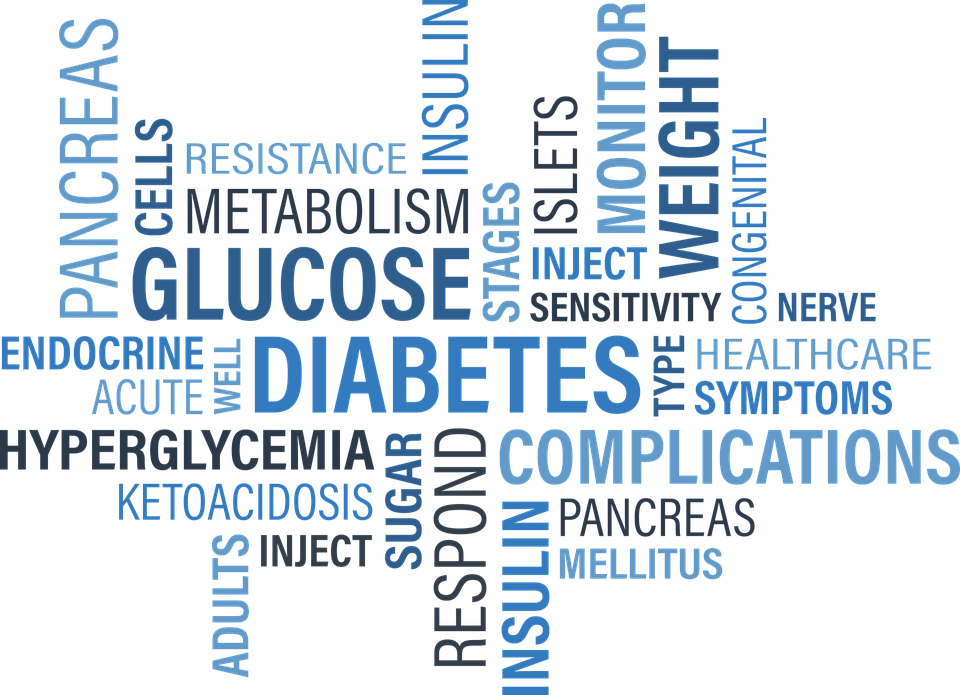
In the human body, insulin is a critical hormone. But too much of a good thing can lead to dangerous health problems down the road. When it’s perpetually too high, the tissues in your body don’t respond to it properly leading to a condition known as insulin resistance.
Estimates in recent studies reveal that nearly half the US population have insulin resistance. It tends to come with other conditions like obesity, pre-diabetes, type 2 diabetes, cardiovascular disease, polycystic ovary syndrome (PCOS), and hypertension, to name a few.
Most people don’t know they have it, and that’s where the danger lies. It has also been linked with some types of cancers, mental health disorders, and other troublesome conditions.
What insulin should do
When all things are running as they should in your body, insulin is helpful to keep your blood glucose levels in homeostasis. It should never be too high or too low. As those glucose levels rise, your body sends in more insulin. It also regulates fat storage. High insulin levels stimulate fat cells to use up glucose and make more fat.
For insulin resistance to happen, there are many factors that may be to blame. Sometimes it’s genetic, other times it’s environmental. Lifestyle factors are also a contributor. It’s likely that genetics may leave some people more prone than others, but no one can deny the rise of processed foods loaded with sugar, additives, and refined carbs. When these things are broken down by your body, they create too much glucose that doesn’t get used for energy and has nowhere to go.
Dr. Jason Fung said it best when he likened it to stuffing more clothing into a suitcase that is completely full. It isn’t resistant, but rather too full to fit anything else.
Symptoms to watch for with insulin resistance
Unfortunately, you can’t just check off a list of symptoms for insulin resistance. However, one thing that should clue you in is the increase of abdominal fat. Another thing will be your doctor alerting you if you have pre-diabetes or type 2 diabetes. It’s wise to make an appointment to be certain about the state of your health.
You’ll likely feel fine in the early stages of insulin resistance. Left unchecked though, you may notice the symptoms of type 2 diabetes becoming more prevalent. Urinating often, being excessively thirsty, feeling fatigued even when you haven’t done anything strenuous, and excessive hunger are all common clues.
Try a quick waist-to-height test at home
Now is the time to take charge of your health with a low carb lifestyle that can eliminate your chances for insulin resistance. Before you embark on that healthy journey though, know your status. You can measure your waist in relation to your height to get a general idea about the state of your health in relation to insulin resistance and work with your doctor accordingly.
All you need to do is measure your waist by your height. You want a ratio of less than 0.5. If it’s higher than that, you should be concerned. You can also use a simple string! Wrap it around your waist and then use it to measure your height. That string shouldn’t be more than half of your height. It’s important you see your doctor about your health concerns, but something you can start doing, even without your doctor, is switching your lifestyle to a low carb, active, and healthy one to save you health troubles down the road.
Source:
